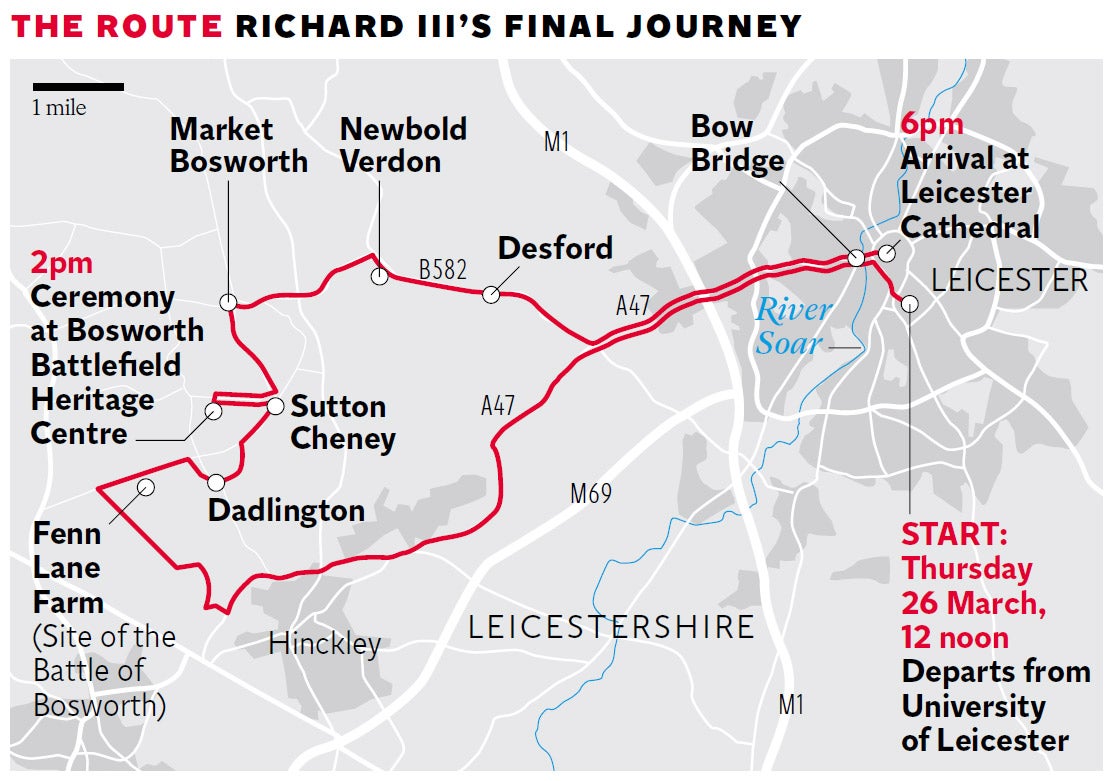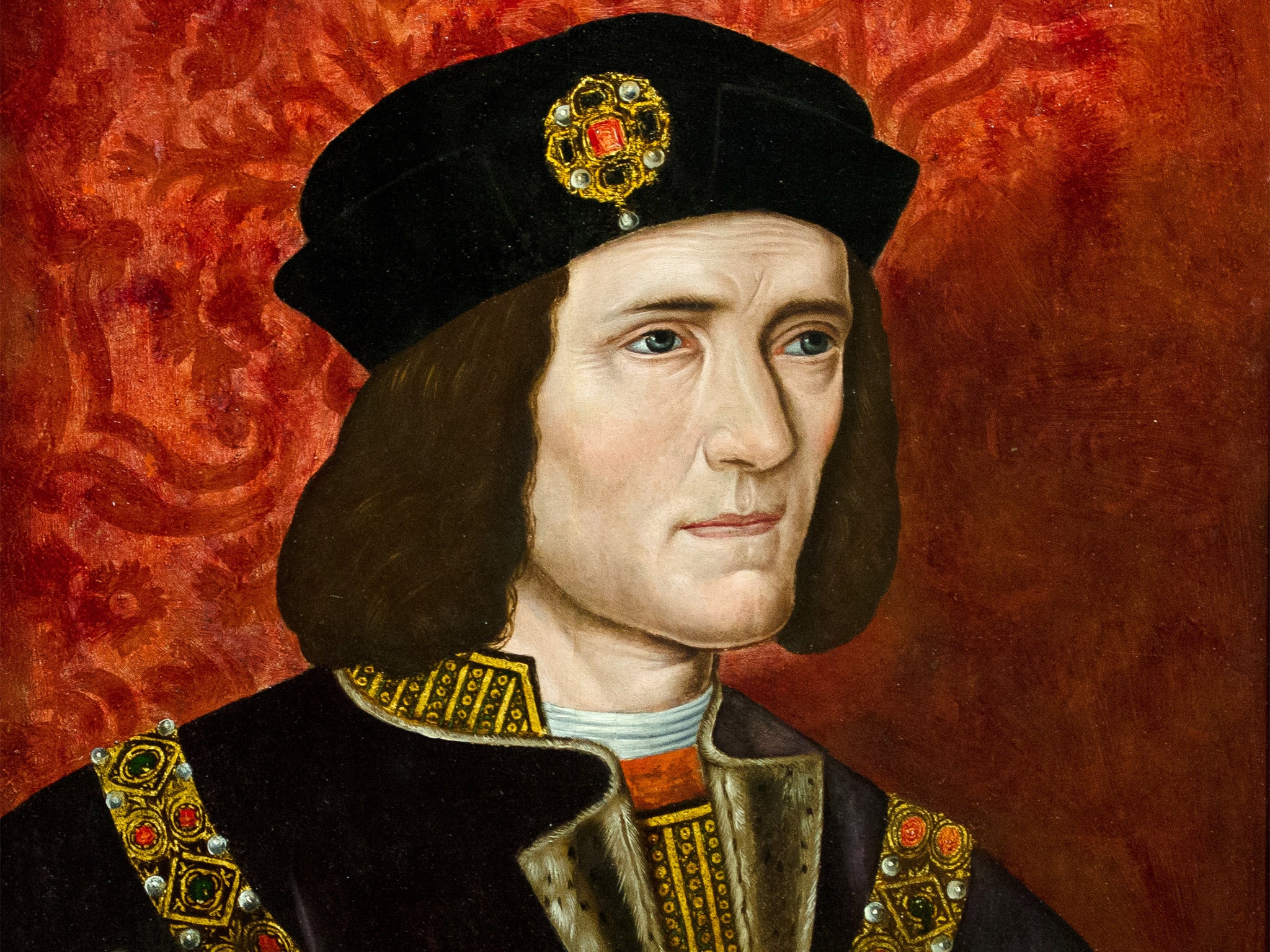How Richard III became the blueprint for villainous performances around the world
Versions of the play in Italy have been inspired by Mussolini's fascist party, and in Kuwait by Saddam Hussein as Shakespeare's work is altered to follow 'local needs'

Your support helps us to tell the story
From reproductive rights to climate change to Big Tech, The Independent is on the ground when the story is developing. Whether it's investigating the financials of Elon Musk's pro-Trump PAC or producing our latest documentary, 'The A Word', which shines a light on the American women fighting for reproductive rights, we know how important it is to parse out the facts from the messaging.
At such a critical moment in US history, we need reporters on the ground. Your donation allows us to keep sending journalists to speak to both sides of the story.
The Independent is trusted by Americans across the entire political spectrum. And unlike many other quality news outlets, we choose not to lock Americans out of our reporting and analysis with paywalls. We believe quality journalism should be available to everyone, paid for by those who can afford it.
Your support makes all the difference.Shakespeare depicted him as a king, a hunchback and a Machiavellian-style baddie who ordered the death of his own brother.
And it is Richard III’s villainous qualities in the historical play that have made him a canvas for countries around the world to portray their political turmoil, according to an academic.
Dr Nicole Fayard, an expert in Shakespearian Performance in France who teaches French at the University of Leicester, said that portrayals of Richard III in the UK inevitably follow Shakespeare’s writing closely because of the playwright’s reputation and because the play was written in English.
“The weight of history is there,” she told The Independent on Sunday.

But in other countries, performances of Richard III have been altered and rewritten to follow “local needs”.
Taking part in a day of expert talks about the monarch yesterday at the university, Dr Fayard gave examples of performances of Richard III in Italy being inspired by Benito Mussolini's fascist party, in Kuwait by Saddam Hussein and in the Eastern Bloc by the communist era.
“Shakespeare wrote [Richard III] as a villain… so he has that reputation. In a lot of political interpretations, he would play a tyrant, he would play a dictator… he would not play a historical English villain.”
She said that it was “safer” to guise foreign villains under a distant English play.
“In a communist country for example, it would be very dangerous to write a play about the contemporary situation because if you live under a totalitarian regime, you have to deal with censorship,” said Dr Fayard.
“The passage from one language to another one provides a lot of freedom… that opens up a door to linguistic freedom, to stylistic freedom.”
Other countries, where tragedies and comedies are preferred, are attracted to Richard III because of Shakespeare’s well-structured plot line and the flamboyancy of the main character, said Dr Fayard.
The day of expert talks - also discussing Richard III’s portrayal in literary accounts, the 2012 excavation of his skeleton from a Leicester car park and tracing his descendants through genetics - form part of a series of events ahead of the reburial of the last Plantagenet King on Thursday.
David Baldwin, who has written a biography on the monarch, gave a talk about his character and reign.

He confirmed his villainous reputation. “If Richard III had not had a ruthless streak in his character, he would not have been a successful medieval leader,” said Mr Baldwin.
Richard III’s body will embark on a tour of Leicestershire before it is finally laid to rest at Leicester Cathedral. However, some campaigners had previously argued that the monarch, also known as Richard of York, should be re-interred in York Minister.
Archaeologist Mathew Morris who led the Greyfriars Dig three years ago to uncover his remains, said Leicester was the right resting ground for Richard III, who was born in Leicestershire and was killed in the county's Bosworth field.
“His connections with Leicester since his death a far greater than they are with York. We’ve got a school names after him, we’ve got roads named after him. That history of memorialisation of Richard in Leicester’s landscape has been there since his death so it always seemed the most appropriate place to bury him,” said Mr Morris.
Join our commenting forum
Join thought-provoking conversations, follow other Independent readers and see their replies
Comments